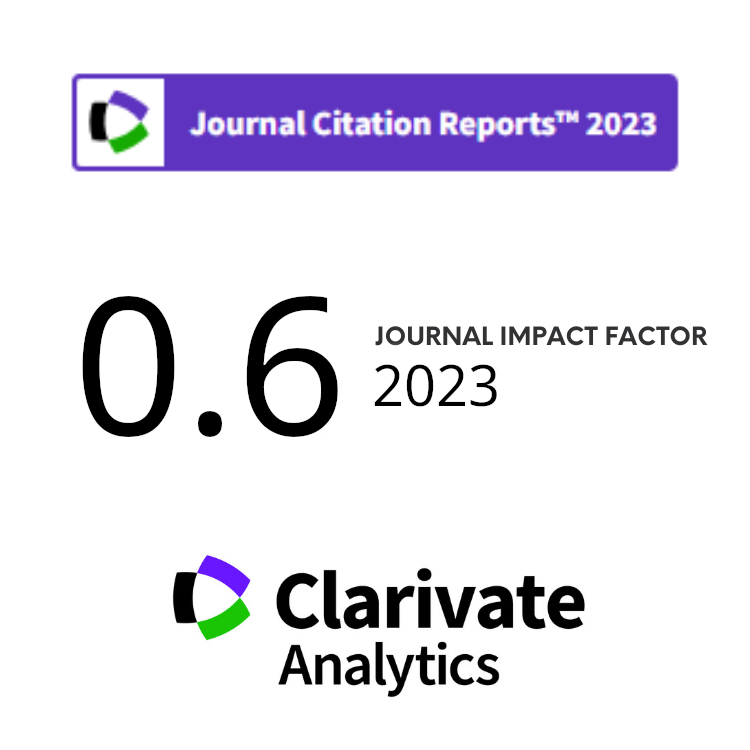A Multicenter Study of IMRT Dosimetry Audit Testing Using C-shape Phantom
Abstract
Keywords
Full Text:
PDFReferences
P. O. Lopez, J. M. Cosset, P. Dunscombe et al., Preventing Accidental Exposures from New External Beam Radiation Therapy Technologies, ICRP Publication 112, Elsevier Amsterdam (2009) 1.
P. Wesolowska, D. Georg, W. Lechner et al., Acta Oncol. 58 (2019) 1731.
W. Purwanti, F. Suhaimi, W. E. Wibowo et al., Atom Indones. 49 (2023) 27.
IAEA, Accuracy Requirement and Uncertainties in Radiotherapy, IAEA Human Health Series No. 31, IAEA, Vienna (2016) 1.
S. F. Kry, A. Molineu, J. R. Kerns et al., Int. J. Radiat. Oncol. 90 (2014) 1195.
I. A. P. I. Gayatri, A. D. Handika, W. E. Wibowo et al., Appl. Radiat. Isot. 188 (2022) 110415.
P. Alaei, P. D. Higgins, R. Weaver et al., Med. Dosim. 29 (2004) 1.
M. Miften, A. Olch, D. Mihailidis et al., Med. Phys. 45 (2018) e53.
DOI: https://doi.org/10.55981/aij.2025.1412
Copyright (c) 2025 Atom Indonesia

This work is licensed under a Creative Commons Attribution-NonCommercial-ShareAlike 4.0 International License.











